Search the Special Collections and Archives Portal
Search Results
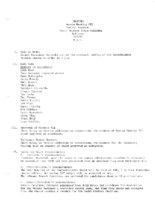
Meeting minutes for Consolidated Student Senate, University of Nevada, Las Vegas, February 02, 1982
Date
1982-02-02
Archival Collection
Description
Includes meeting agenda and minutes. CSUN Session 12 Meeting Minutes and Agendas.
Text
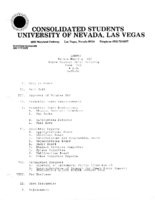
Meeting minutes for Consolidated Student Senate, University of Nevada, Las Vegas, September 22, 1981
Date
1981-09-22
Archival Collection
Description
Includes meeting agenda and minutes along with additional information about the admendments to bylaws. CSUN Session 11 Meeting Minutes and Agendas.
Text
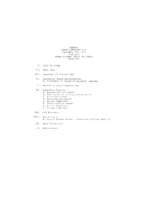
Meeting minutes for Consolidated Student Senate, University of Nevada, Las Vegas, September 25, 1979
Date
1979-09-25
Archival Collection
Description
Agenda and meeting minutes for the University of Nevada, Las Vegas Student Senate. CSUN Session 8 Meeting Minutes and Agendas.
Text
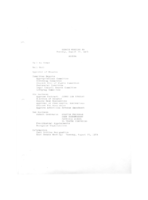
Meeting minutes for Consolidated Student Senate, University of Nevada, Las Vegas, August 20, 1974
Date
1974-08-20
Archival Collection
Description
Agenda and meeting minutes for the University of Nevada, Las Vegas Student Senate. CSUN Session 3 Meeting Minutes and Agendas.
Text
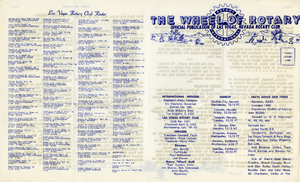
The Wheel of Rotary Las Vegas Rotary Club newsletter, February 16, 1950
Date
1950-02-16
Archival Collection
Description
Newsletter issued by the Las Vegas Rotary Club
Text
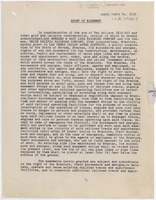
Grant of easement, Las Vegas Land and Water Company, Audit No. 5352, June 1, 1954
Date
1954-06-01
Archival Collection
Description
Granting of an easement by the Union Pacific Railroad to the Las Vegas Valley Water District for the purpose of maintaining the water supply facilities. Notarized by Louis Scholnick in Douglas County, Nebraska on June 3, 1954.
Text
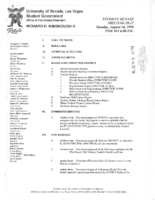
Meeting minutes for Consolidated Student Senate University of Nevada, Las Vegas, August 24, 1998
Date
1998-08-24
Archival Collection
Description
Includes meeting agenda and minutes and senate bills. CSUN Session 28 Meeting Minutes and Agendas.
Text
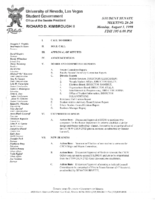
Meeting minutes for Consolidated Student Senate University of Nevada, Las Vegas, August 3, 1998
Date
1998-08-03
Archival Collection
Description
Includes meeting agenda and minutes. CSUN Session 28 Meeting Minutes and Agendas.
Text
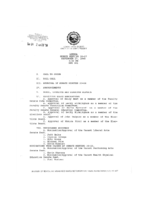
Meeting minutes for Consolidated Student Senate University of Nevada, Las Vegas, September 27, 1990
Date
1990-09-27
Archival Collection
Description
Includes meeting agenda and minutes along with additional information about the memorandum and senate bills. CSUN Session 20 Meeting Minutes and Agendas.
Text
Pagination
Refine my results
Content Type
Creator or Contributor
Subject
Archival Collection
Digital Project
Resource Type
Year
Material Type
Place
Language
Records Classification
